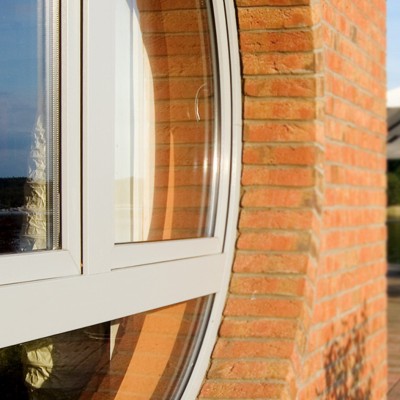
PVC-U: The basis for durable quality windows
Modern PVC-U windows and doors are made of PVC-U profiles. The polymer uses the principle, common in nature, of combining many small building blocks into a large whole with new properties. In the case of PVC-U, these are first strength and resistance to many influencing factors, but also almost any shape. Another advantage is that cost-efficient PVC-U window and door profiles can be excellently recycled and used to produce of new profiles.
Table of contents
- A good idea - copied from nature
- PVC-U is a high-quality material
- Recycling: old becomes new
A good idea - copied from nature
In the case of PVC-U windows, the frame and sash are made of profiles that are made of PVC-U. The abbreviation stands for polyvinyl chloride and thus for one of the world's most sought-after plastics. Only polyethylene and polypropylene are produced in larger quantities. What all these substances have in common is that they are formed by the concatenation of countless identical basic building blocks to form large molecules. What is remarkable is that the physical and chemical properties change considerably in the process. In the case of PVC-U, the basic building block, vinyl chloride, is gaseous and reacts readily with other compounds. The polymer formed from it, on the other hand, is a solid of considerable stability - in every respect.
Such polymers are widespread in nature. Examples include cellulose, which is used by humans in the form of wood, paper and cotton, or natural rubber. In the 19th century, chemists began to modify such natural polymers to obtain materials with new properties, including celluloid, viscose and rubber. At the same time, however, they also tried to produce entirely new polymers from simple basic materials. One of the first artificially created polymers was PVC in 1835. Still a curiosity at the time, its usefulness was not recognized until 80 years later. Today, annual global production is around 40 million metric tons, with all plastics together accounting for around 400 million metric tons.
One material, many uses
PVC-U is used in a large number of products. Its great advantages include its high mechanical and chemical stability, but also the fact that it can be formed into almost any shape during product manufacture.
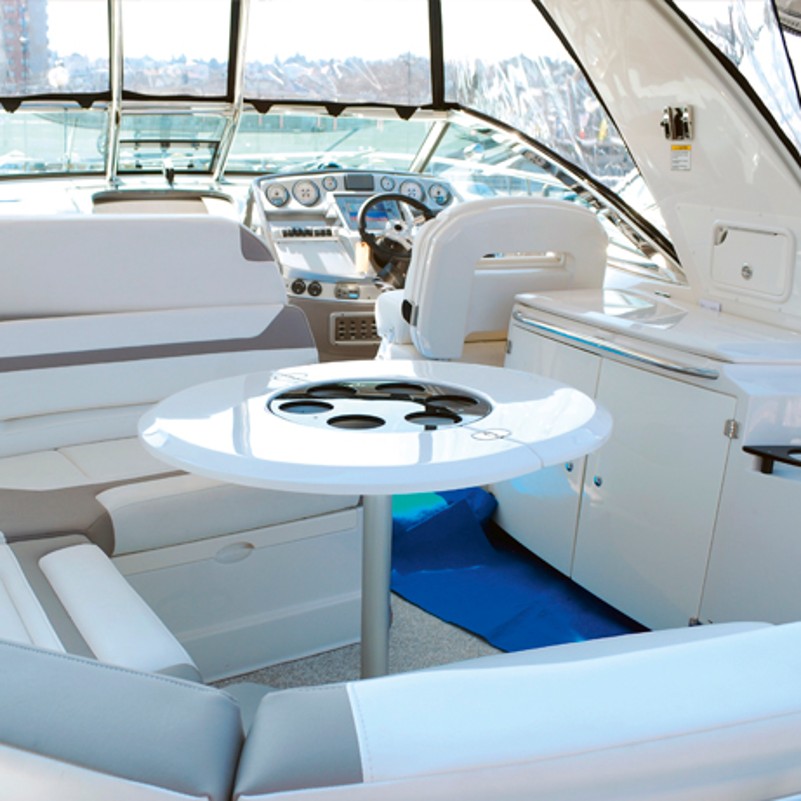
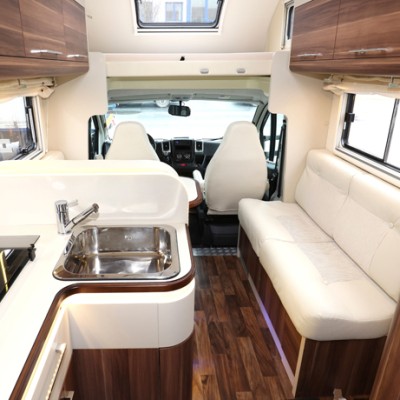
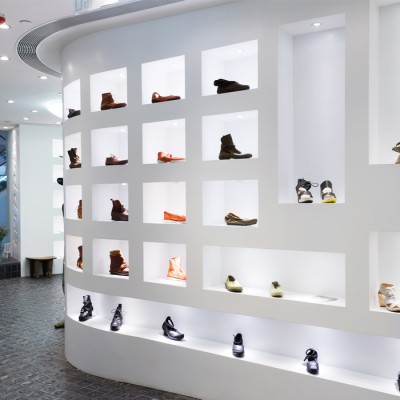
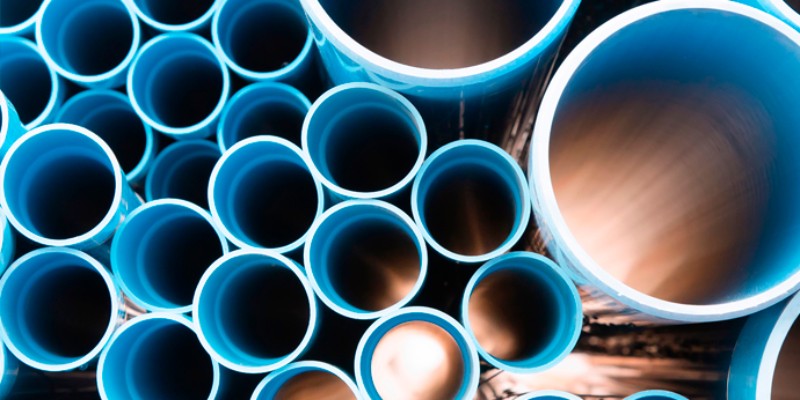
PVC-U is a high-quality material
PVC-U has a comparatively low price compared to aluminium and wood. The plastic is used today in two variants. One of these is so-called soft PVC, which is used, for example, in tarpaulins and in medical products such as infusion tubes or blood bags. This material gets its special flexibility from a high proportion of plasticizers. VEKA, on the other hand, uses completely plasticizer-free rigid PVC to produce extremely stable window and door profiles.
To further improve the properties of rigid PVC-U, VEKA uses a highly developed formulation containing small quantities of carefully matched additives. The result is quality profiles that, in addition to their mechanical stability, are highly impact-resistant, notch-resistant and abrasion-resistant, resistant to UV radiation and chemical environmental influences, and - another important aspect - can be precisely processed by the window fabricators.
Recycling: old becomes new
PVC-U shares one property with almost all plastics: It is not biodegradable. During the service life of a window or door, this durability is quite desirable, as it helps the profiles retain their beautiful, smooth surface for decades. After use, however, it means the profiles do not decompose, so they would permanently take up valuable landfill space. If disposal is carried out, it therefore usually takes place as energy recovery in waste incineration plants.
Fortunately, this is not necessary, because PVC-U windows and doors can be excellently recycled. As early as 1993, VEKA demonstrated as a recycling pioneer that PVC recycling is feasible without any problems. In the process, the old windows and doors are first roughly shredded and other recyclable materials such as metal, glass and sealing rubber are separated. The remaining PVC is then further reduced in size and automatically sorted by colour. The result is a virtually unmixed recyclate that can be fed directly back into the production of new profiles. The material cycle of the PVC is closed in this way.